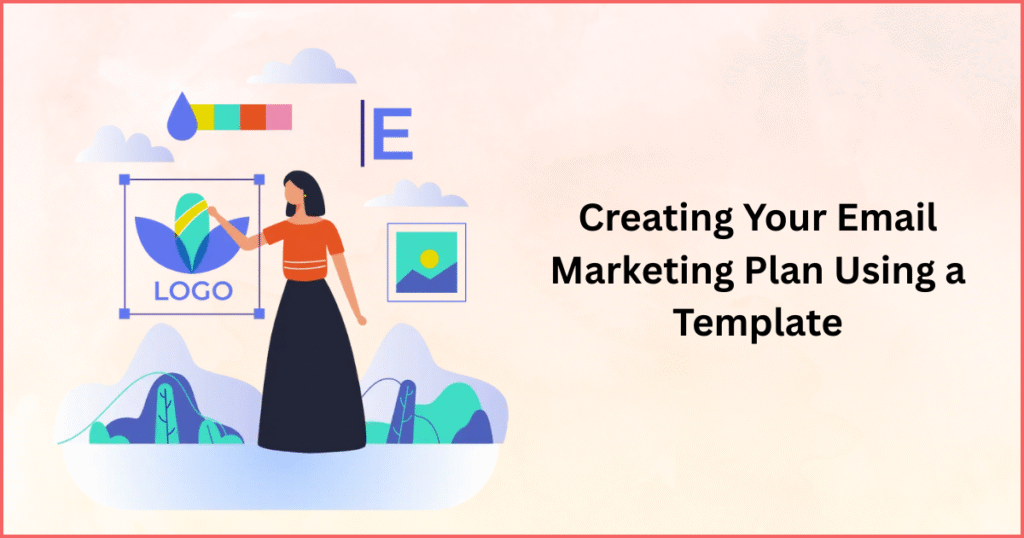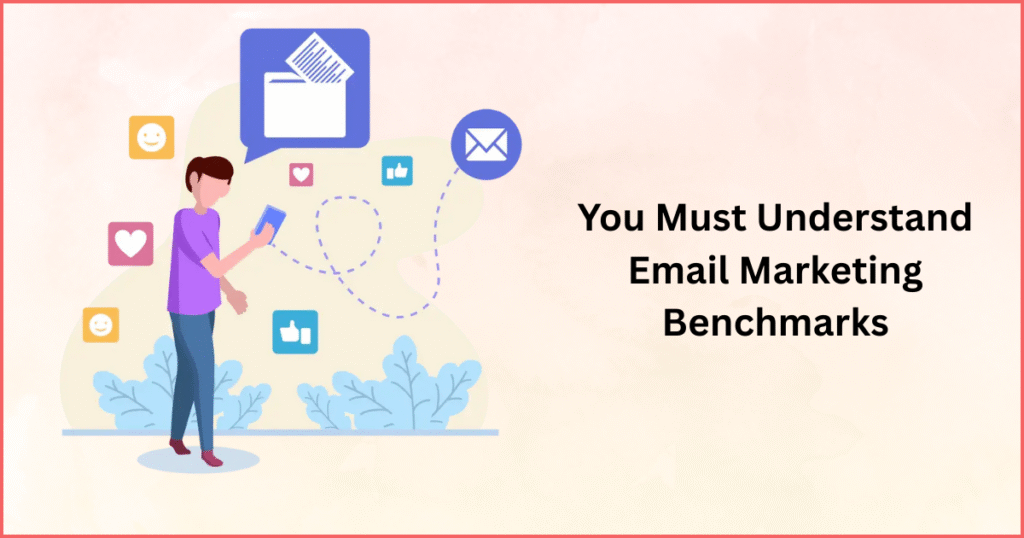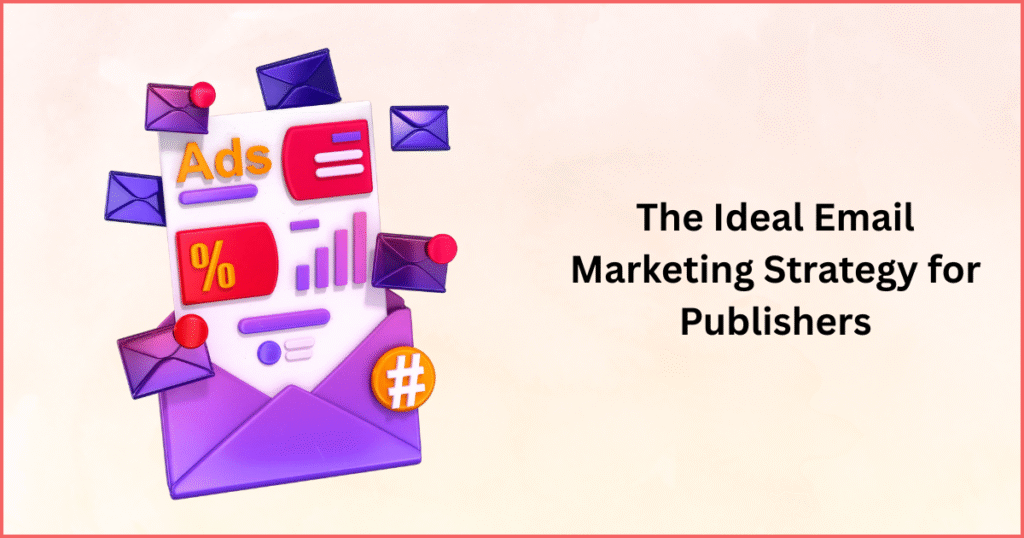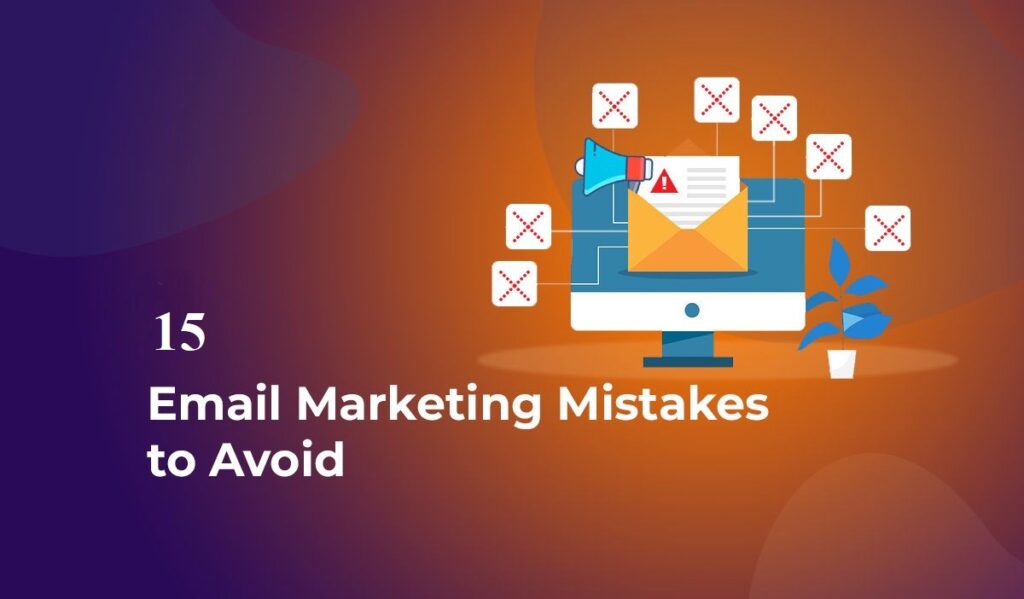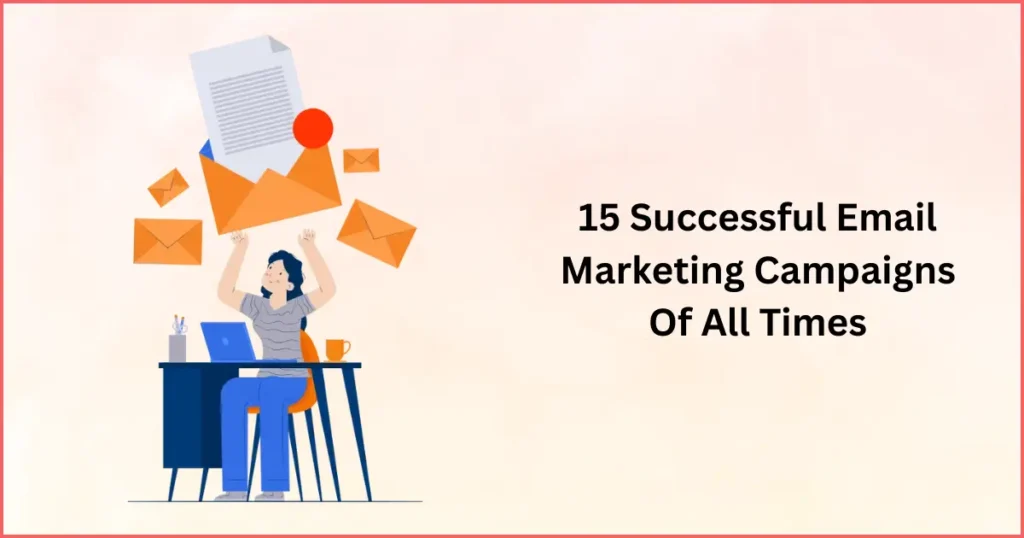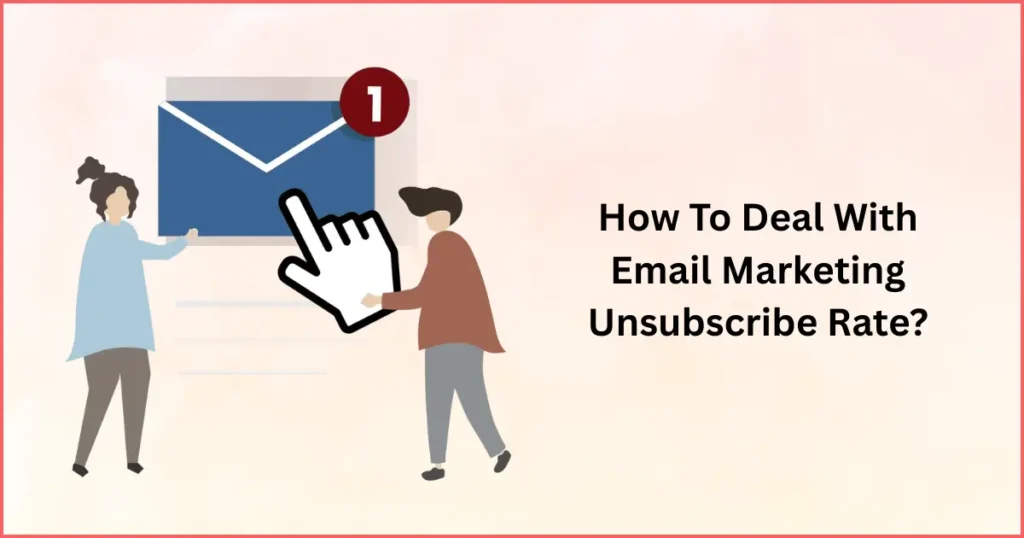Creating Your Email Marketing Plan Using a Template
Why a Solid Email Marketing Plan Matters In the immense digital space, where everyone is pulling an individual to their own end and not to mention that no one has enough time to spare these days, email marketing becomes a pity for companies that intend on making their bond with the public. An exhaustive guide that provides guidance on how one can construct a strong email marketing plan is presented. To begin with, it is important to define what is meant by email marketing strategy, understand its incredible significance and out how templates are crucial in making this process less complicated. A. Email Marketing Strategy explained An email marketing strategy serves as the navigation tool for organizations to manoeuvre their way around the changing arena of electronic communication. It is an organized outline of campaign objectives, target audiences, and content techniques that have been brought together in one descriptive plan. Thus, it acts like an architectural design of precise and functional email campaigns. B. Necessity of a Clearly Defined Strategy Only a well-defined which is called a good email marketing strategy provides a strong foundation for success. Otherwise, it helps maintain goal-oriented communication, increases audience participation, and establishes measurable, achievements hence the importance of avoiding purposeless interaction using their mailboxes without persuasion to read them. In marketing where there are many competitors trying to get attention from clients with similar messages online and through emails; therefore they need effective strategies which will ensure their continued development as well as making sure that they remain relevant to them. C. Templates as a Simplification Tool During the Email Marketing process, templates play the missing part. The content creation process is made easier by having structured frameworks like these which also help maintain uniformity and enhance the visuals. Templates take the difficulty out of design, leaving marketers with time to think about writing good content and coming up with strategies rather than getting involved in complex technicalities that they hardly understand. Email Marketing Strategy Template Chapter | Important Elements Grasping Your Audience Recognizing the audience is not simply an initial stage but an on-going endeavour that permeates each aspect of a fruitful email marketing strategy. This segment delves into the essence of knowing your target market intimately, how audience segmentation effects change, and ways to utilize templates strategically in order to customize content for varied audiences. A. The Need to Know Your Target Audience It is like feeling the pulse of your business; knowing who you want to speak with. The closer they get to understand them, the better they will be able to create messages that please them. This way, people would always find something relevant when opening such emails as well as develop strong bonds away from plain transactions. B. Email effectiveness through Audience Segmentation Personalized communication is possible because of audience segmentation. The audience can therefore be split into segments based on demographics, behaviour or preferences so that messages can be more targeted by businesses. Here, templates play an important role allowing customization tailored to the specific needs of each segment. C. Using Email Templates in Different Segments Tailoring Content Email templates can be used flexibly to customize content seamlessly for different audience segments. This means whether it is an offer for one group or a newsletter meant to reach another segment, email templates lay down the foundation for personal messages addressing the unique interests and needs of the groups. Establishing Clear Objectives For success, a pathway is created by goals. This section investigates the method of goal setting, highlighting the need for specific, measurable and achievable goals. It discusses how they align with general business objectives and also reveals the importance of templates in structuring content aimed at those goals. A. Identification of Specific, Measurable, and Attainable Goals A successful email marketing strategy is based on precise, brief and reachable targets. By stating their ambitions in the form of Specific, Measurable, Achievable, Relevant and Time-bound (SMART) framework; companies can focus on selection of the correct route to take while running their campaigns effectively. B. Aligning Goals with Overall Business Objectives Goals that are not embraced in the corporate strategy might be myopic. Thus, this paper recommends email marketing strategy formation in the ways that makes sure that each campaign adds value to the enviable achievements of the organization. In this case, the firm basically establishes its marketing arm as a partner in driving growth within business endeavours. Nowadays many people tend to do their shopping online; however these retailers have different approaches towards using e-mail marketing platforms. C. How Templates Help Structure Content to Meet Goals Content templates act as architectural platforms for aligning content with the precise goals in mind. Templates offer a structured design on which one can articulate ideas on driving sales, engaging customers or enhancing brand loyalty. Selecting the Appropriate Email Design Choosing the right email template is similar to picking up the right tool for a job. In this section, we will give an overview of the types of email templates, factors to consider when selecting among various choices and why customizing them matters for branding purposes as well as personalization. A. Overview of Different Types of Email Templates Types of Email: Newsletters, promotions, and announcements have different communication styles; hence they require different templates in order to achieve maximum engagement. Strategic Alignment: Marketers can note down every email type’s benefits and count on them for more perfect selection of templates based on campaign objectives. Campaign Empowers: Campaign effectiveness is amplified by proper template choice leading to effective communication that targets specific audiences. Objective-Based Templates Creation: A well thought-out collection of templates helpful in campaign implementation improves performance as well as influence in Email Marketing. B. Things To Take Into Account When Selecting a Template Choosing an email template is a critical decision. Email purpose, characteristics of target audiences, branding requirements, customization possibilities, and compatibility with email marketing systems are among the factors which marketers will take into account. C. Customization Options for

